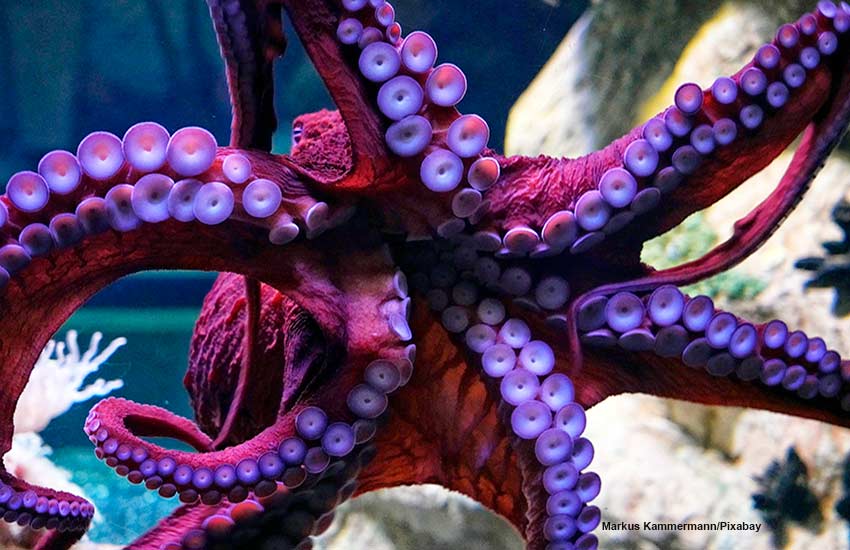FAQs about Biodiversity

8. How is biodiversity measured?
Biodiversity can be measured by different sampling techniques. For large animals, plants and ecosystems, scientists have established the “Living Planet Index and the Intergovernmental Science and Policy Platform Global Assessments on Biodiversity and Ecosystem Services”. In Europe there are records of scientists and amateur naturalists that go back hundreds of years and that also help us judge how biodiversity has been changing, according to “The Royal Society”.
For smaller animals, such as invertebrates and microbes, much less is known about changes in these populations. To compensate for this lack, there are surveys to be able to compare the diversity of insects of the 1970s and 1980s with the current one. “A study in Germany showed that there has been a 75% drop in flying insects in the last 27 years, while another suggested that 40% of the world’s insects could be in danger of extinction”, according to the cited source.
FAQs about Biodiversity
1. Why is International Day of Biological Diversity celebrated on May 22?
2. What is biodiversity, and which is the most biodiverse country in the world?
3. What are the megadiverse countries of Latin America?
4. What is the Environmental Conservation Monitoring Center?
5. What are the dangers to marine biodiversity?
6. How many species are there in the Amazon and what is the danger they face?
7. What is the importance of biodiversity?
8. How is biodiversity measured?












